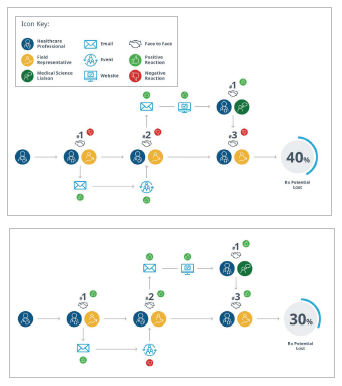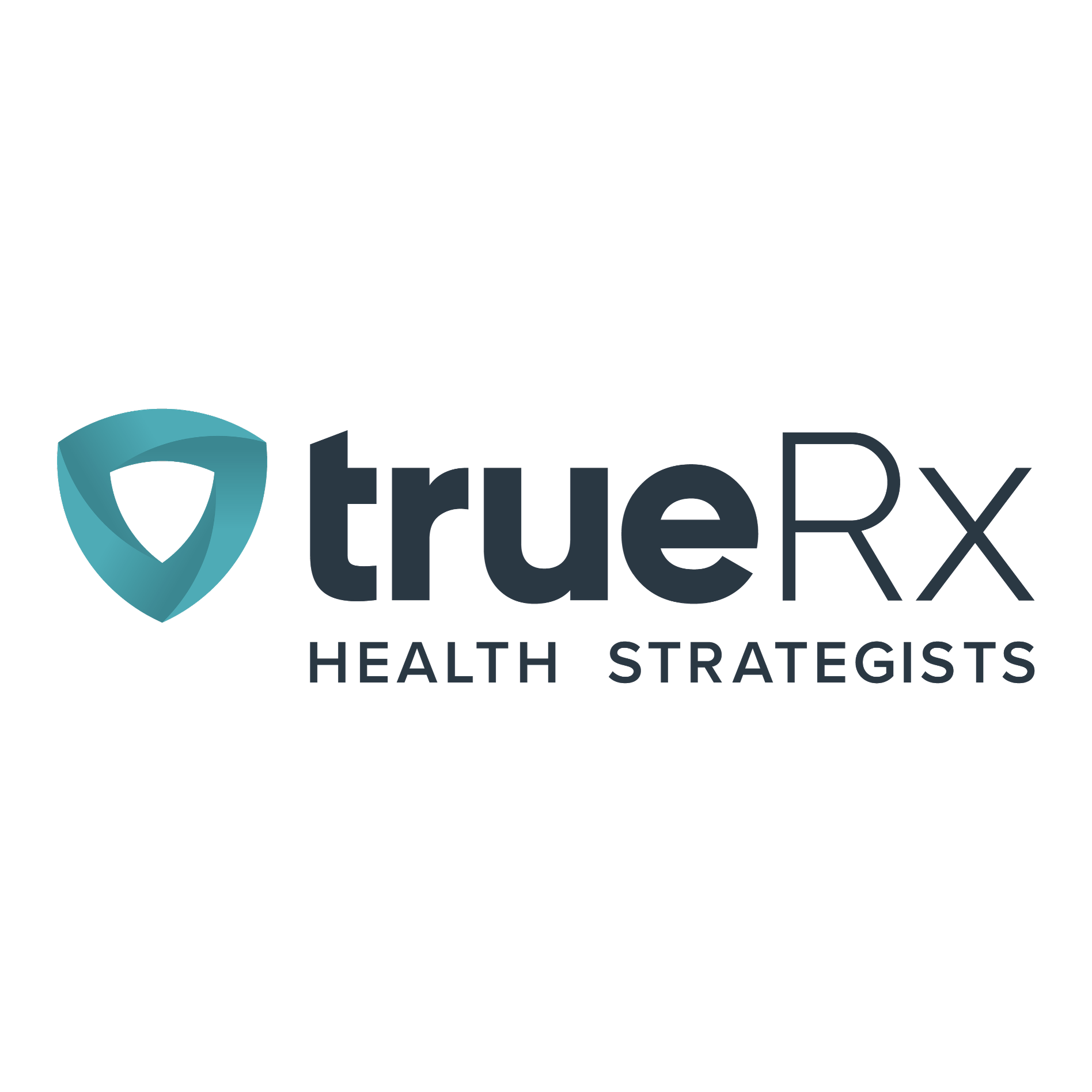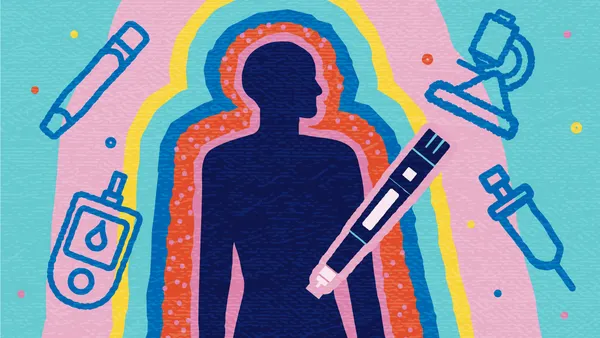 In the last 5 years, the pharmaceutical industry has taken clear steps towards omnichannel engagement. In the last 5 months, the walking — and sometimes crawling — has turned into a race. And not everyone is ready to run.
In the last 5 years, the pharmaceutical industry has taken clear steps towards omnichannel engagement. In the last 5 months, the walking — and sometimes crawling — has turned into a race. And not everyone is ready to run.
The core drivers of success in pharmaceutical sales have not changed:
• Removing barriers to access (financial, treatment guidelines, availability of supply)
• Locating prescribers and patients (the right ones)
• Shaping perceptions of healthcare providers (HCPs) and decision makers
Conversely, the opportunities and challenges of omnichannel engagement continue to grow in complexity, demanding better informed planning and more coordinated execution. Looking at orchestration through these two components, reveals a conceptual simplicity while masking the complexity of bringing together the functional expertise, processes, technology, and data necessary to achieve it.
It is essential to address access and availability issues, and to generate and package the scientific and clinical evidence that support a treatment into content that is attractive, accessible, and easy to consume. The next critical step in achieving orchestrated engagement is to focus on shaping customer opinions and reaching the right audience at the right time.
Most sales and marketing experts understand that a combination of investments in these two areas will grow brand value and drive more revenue. Less understood is how to optimize this combination to maximize ROI; in other words, what is the value of orchestration?
Answering this question depends on the brand, the company, and the customers, but is readily visualized by examining loss of engagement throughout a multi-channel journey. As a customer moves through the journey she/he is visited by pharma reps, exposed to content in publications, websites, and events, or may consult more specialized scientific resources such as medical science liaisons (MSLs) to address specific concerns. When the HCP is not satisfied with the set of person-driven interactions in this journey, the likelihood to prescribe can decrease by up to 40 percent. This loss of potential linked to sales reps is not new and has driven the historic investment in sales forces characteristic of big pharma.
 Often overlooked are breakdowns at other points in the journey that also lead to a loss in potential by reducing the effectiveness of those channels and interactions—even if person-led interactions are positive.
Often overlooked are breakdowns at other points in the journey that also lead to a loss in potential by reducing the effectiveness of those channels and interactions—even if person-led interactions are positive.
Understanding the contribution of those non-personal engagements helps adjust promotional efforts when the rep-led channel isn’t available, such as under current social distancing restrictions. This is where challenge and opportunity meet.
Each interaction, personal or automated, promoted or self-selected, can deliver content and collect customer feedback. iDetail aid-based feedback was the earliest multi-channel priority. Today, however, the complete understanding of customer behavior requires a measurement of reaction at each interaction point. One of the great advantages of digital channels is that they can readily capture data around exchanges when designed purposefully. When this data is combined with the prescription levels tracked in syndicated data sources, they can yield actionable insights about what content to expose the customer to next, what channel to use, or how soon to engage again.
If you have the brand strategy, can generate the clinical data to support it, collaborate with the right opinion leaders, and visit the high potential customers, congratulations! You made it onto the track.
But if you’re going to win the race, you need to do more than just see the finish line. You must anticipate and respond with the agility to jump over the hurdles, to enable your speed to win the race. Similarly, merely implementing all the tools for multi-channel engagement won’t drive value unless you know how to orchestrate your insights and channel delivery. l











